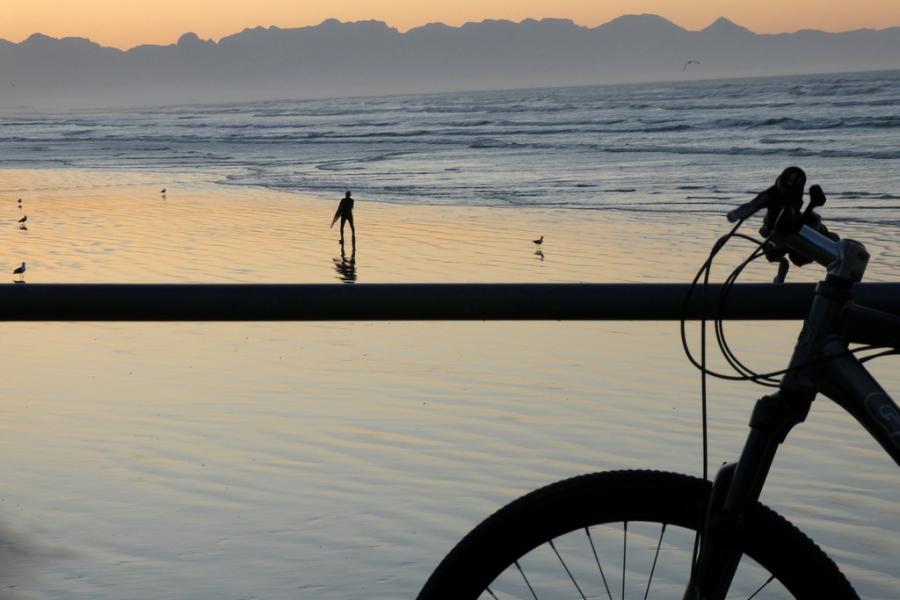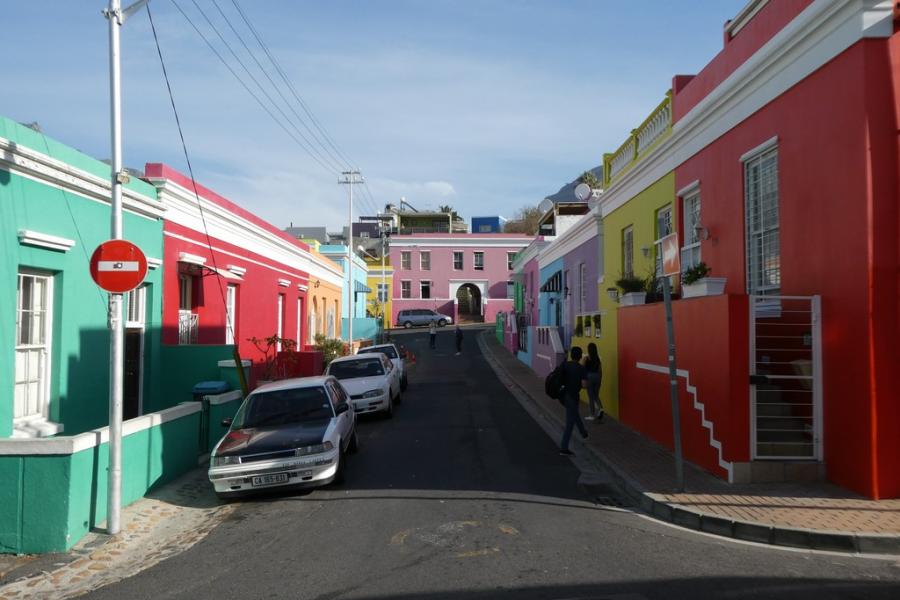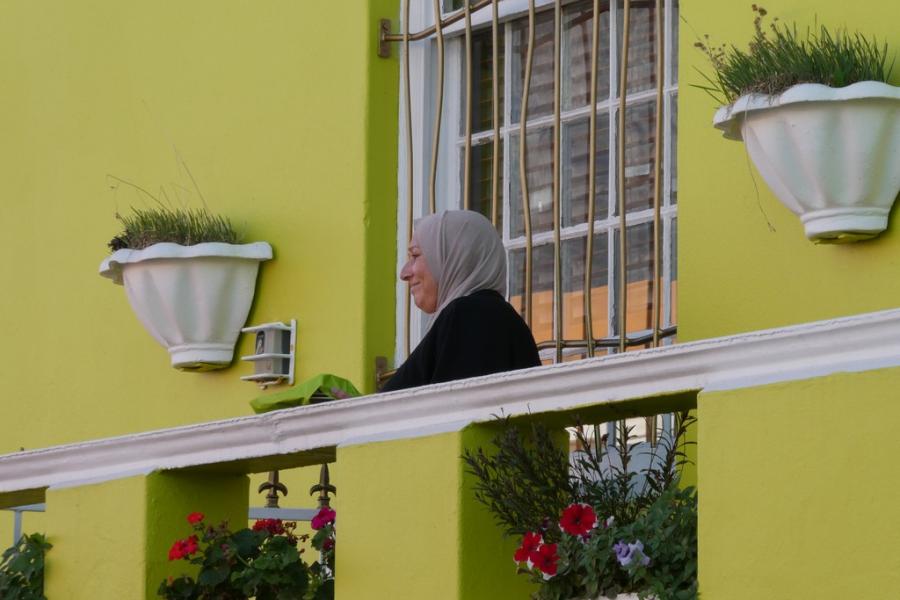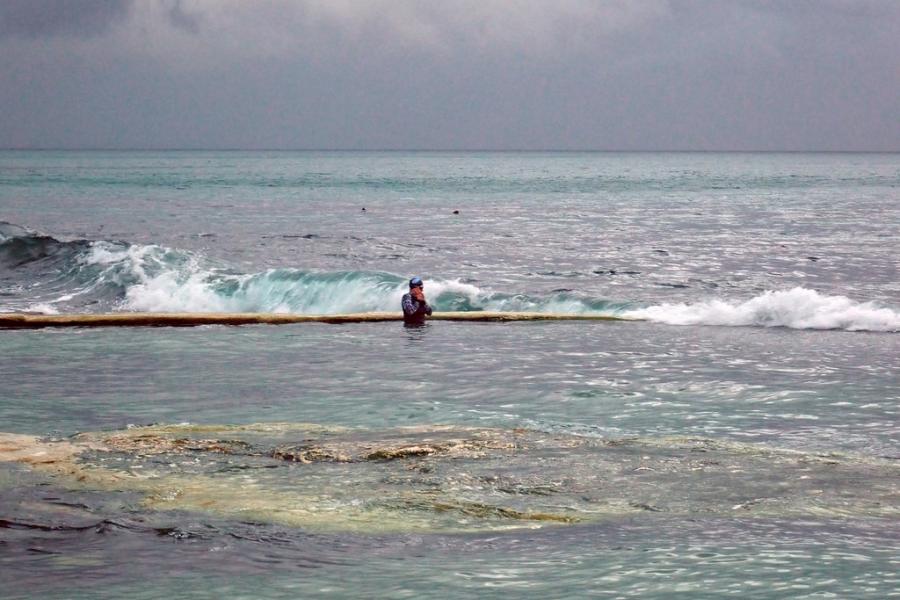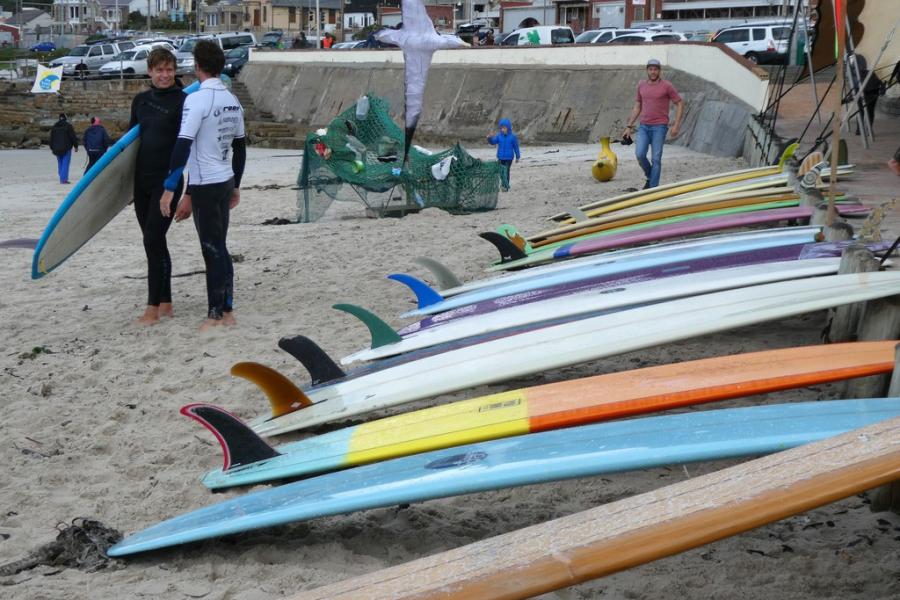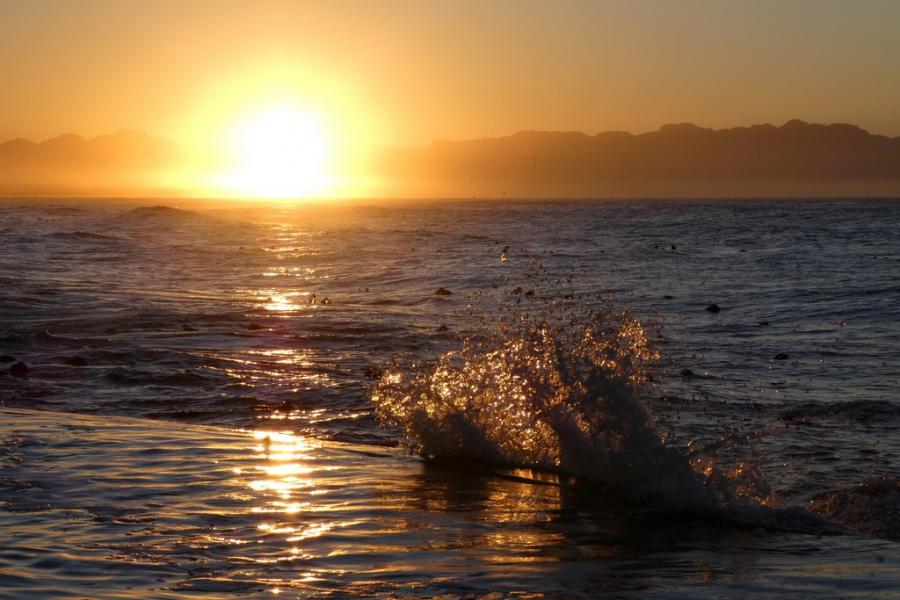Captured by Cape Town
Country
A strong recommendation prompted us to visit Carla’s Restaurant in Muizenberg to try her famous Mozambique Prawns. Carla welcomed us with “we only serve prawns and we only take cash”. We replied with a smile, that we knew “the rules”. When asked to see the wine list, Carla replied “we have a house white and a house red”. We ordered a white for him and a red for her, then later prawns and salad. The first Europeans to settle in Mozambique in the 15th century were the Portuguese. Carla’s Restaurant was small and cheerful, and her Portuguese piri-piri prawns were amazing and perfectly paired with her house wines. We’ll be back!
Cosmopolitan Cape Town has beautiful beaches, scenic mountains, abundant wildlife, and produces world class wines. She is referred to as “Mother City”, however the origin of this term seems a mystery. It could have been inspired by the view of Table Mountain from afar, which looks like a woman lying on her back. Then the term could lay in the hands of a 1930 newspaperman who called Cape Town the only true “metropolis” in South Africa. A play on the Greek meaning of the word translated metropolis to “Mother City”. Whatever the origin, it has stuck.
The city is bursting with colour and artistic talent. Hearty, healthy, and many vegetarian food outlets are easy to find, with produce coming from local sustainable farms. It’s not unusual to see people regularly out walking, running, cycling, surfing and hiking. This feels a little like being in south-west Western Australia but with an African accent!
Contrary to popular belief (guilty), Cape Point is not the most southern tip of Africa. Nor is Cape Point the same as Cape of Good Hope – they are in close proximity to each other, but Cape Point is more southern. The actual most southern point in Africa where the cold Atlantic Ocean meets the warm Indian Ocean is Cape Agulhas – a visit is on our list.
The road to Cape Point and Cape of Good Hope is winding, very photogenic and covered with stretches of endemic fynbos (the plant used to make the local Rooibos tea). You need to watch out for Chacma baboons that are plentiful on the Peninsula and who don’t mind being close to the roads. The very first ocean rounding of Cape Point proved a tricky manoeuvre. Vasco de Gama accomplished the rounding on his third attempt in 1497, before opening a significant new trade route to India, bypassing the Middle East.
Whilst inhaling the striking topography of Cape Point and its lighthouse, it didn’t seem odd when a young woman exclaimed “how Westeros”. For Game of Thrones uninitiated, this would have no meaning, but for the rest of the world’s population we would not have been surprised to see Drogon and her precious Khaleesi breathe fire and swoop overhead. We had a fabulous day in glorious autumn weather exploring the Cape and motorcycling along the Peninsula’s coastal roads.
We’ve been asked numerous times by family and friends - Why head to Africa? Is it safe? Really it’s a similar question to – Is the Middle East safe? Both the African continent and the Middle East region comprise many countries, where each country is different to its neighbour. One country can have supportive, progressive leadership and the country thrives. A neighbouring country can have suppressive, corrupt leadership and no matter how hard citizens try, it is impossible for that country to move beyond broken infrastructure, poverty and shattered dreams. Personal safety is often about making informed choices plus a fair amount of good luck.
In the right form, tourism can contribute to our planet’s important issues of climate change, environmental damage and helping those less fortunate. I’ve including some images of how businesses and individuals are working to preserve Cape Town’s water; the new “liquid gold”. Tourists can put these methods into practice and spread the word as they travel. The parking attendant is appreciative of your 5 Rand ($0.50) for looking after your bike, and your purchase of a trinket at the robots (traffic lights) does indeed go a long way. Dale donated his collapsed Red Back work boots rather than discard them, after unexpectedly needing to purchase new riding boots.
We can’t believe we’ve been here six weeks already! It’s been very easy to slip into a routine of early morning walks around St James, Kalk Bay and Muizenberg followed by flat whites at a local café. Trip planning, admin that never ends, finishing the last bits and bobs to the Guzzi, sightseeing and socialising take up the rest of our time. The tidal pools relentlessly beckoned and I finally purchased a rash vest. Anthony, one of the Icebergers, keeps tally of the water temperature. During our stay it has hovered between 12.9 and 15.8 degrees C. My limit is 17 degrees C. D-Day arrived and into the crystal clear, salty water I dived. It hurt. Head hurt, arms hurt, body and legs probably hurt, but they were too numb. It took 300m before I was able to say the numbness had gone. Another 300m was far enough to know that I was in need of a flat white coffee! Numerous more swims and I am proud to say that my limit is now 15 degrees C!
Apparently it has been said that wearing socks with sandals was “the best way to protect your virginity”. Riding a motorcycle, two up, from Cape to Cairo, over a year, limits the quantity of items the bike can carry. A pair of riding boots and sandals each has necessitated these die-hard Aussies doing something that under normal circumstances would simply not be acceptable! Lucky for us we recently heard that stylish socks-and-sandal pairings are littering the runways in 2018. Phew!
In between vital rainy days, Cape Town’s autumn weather has been glorious. It would be so easy to stay, but “Winter is Coming” and the open road beckons…






















